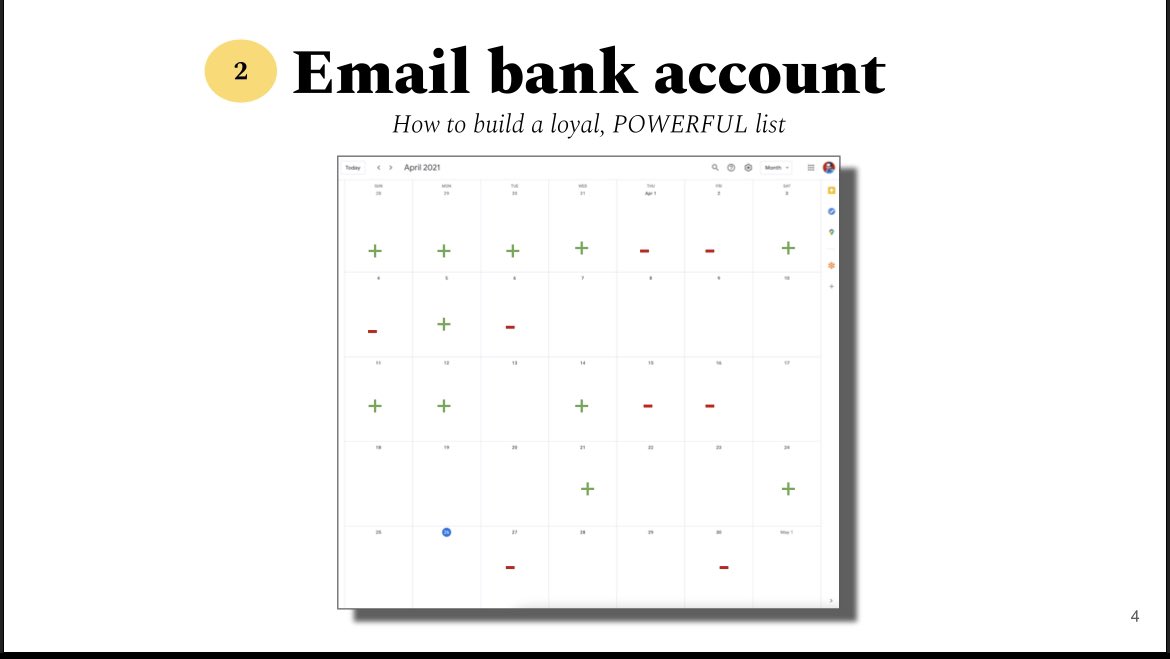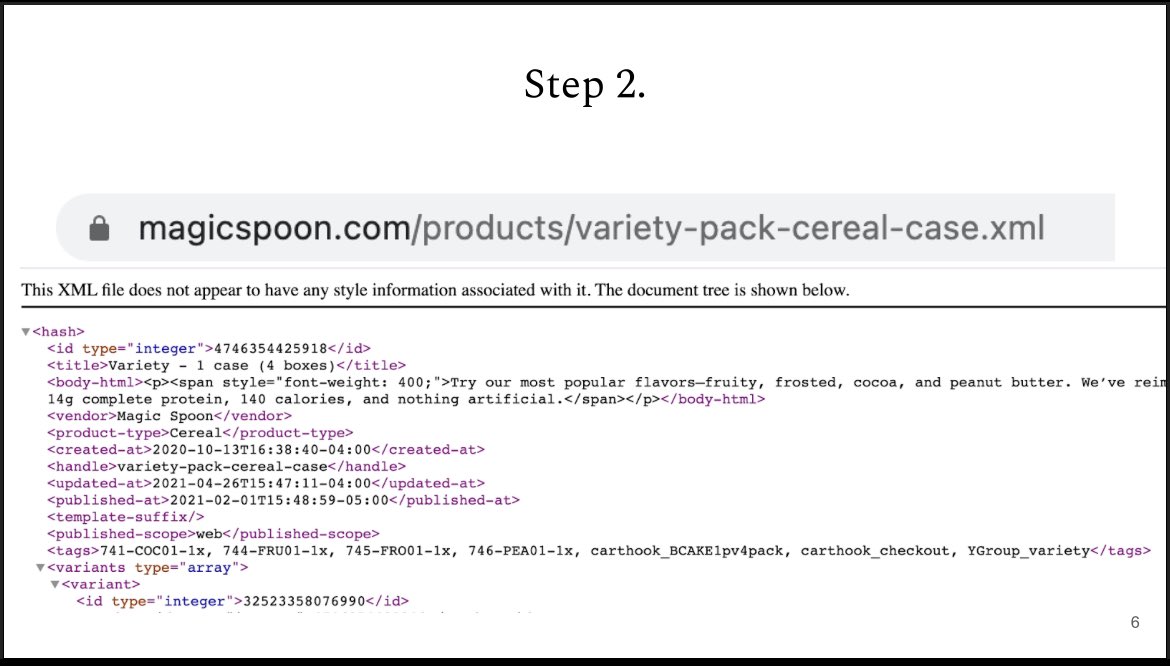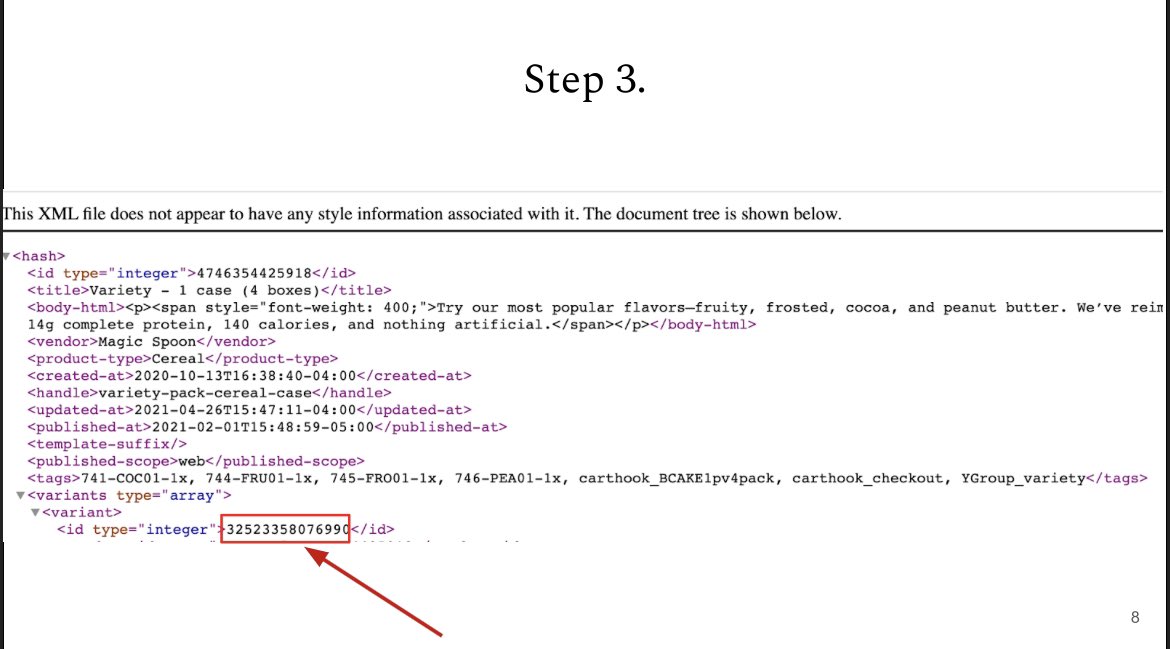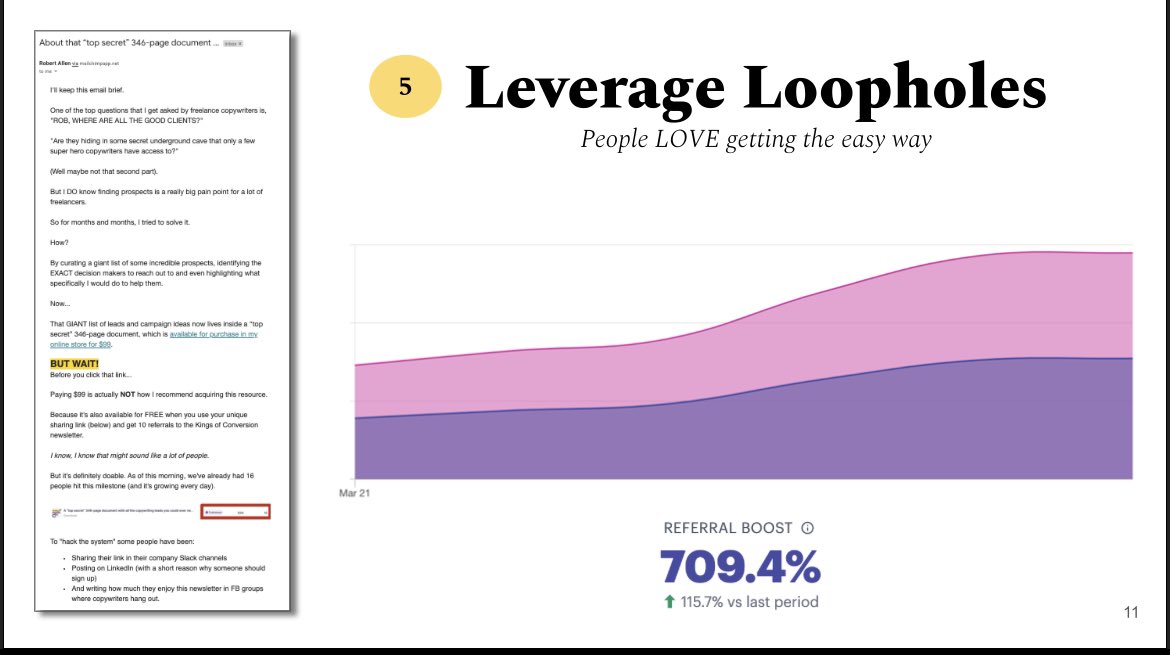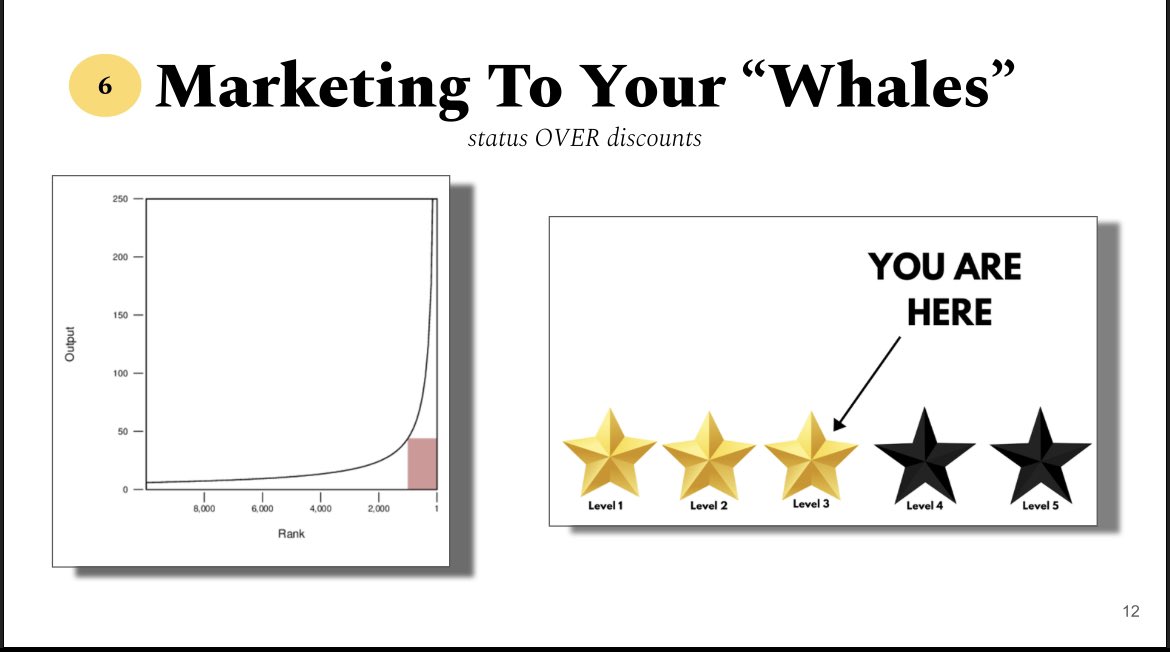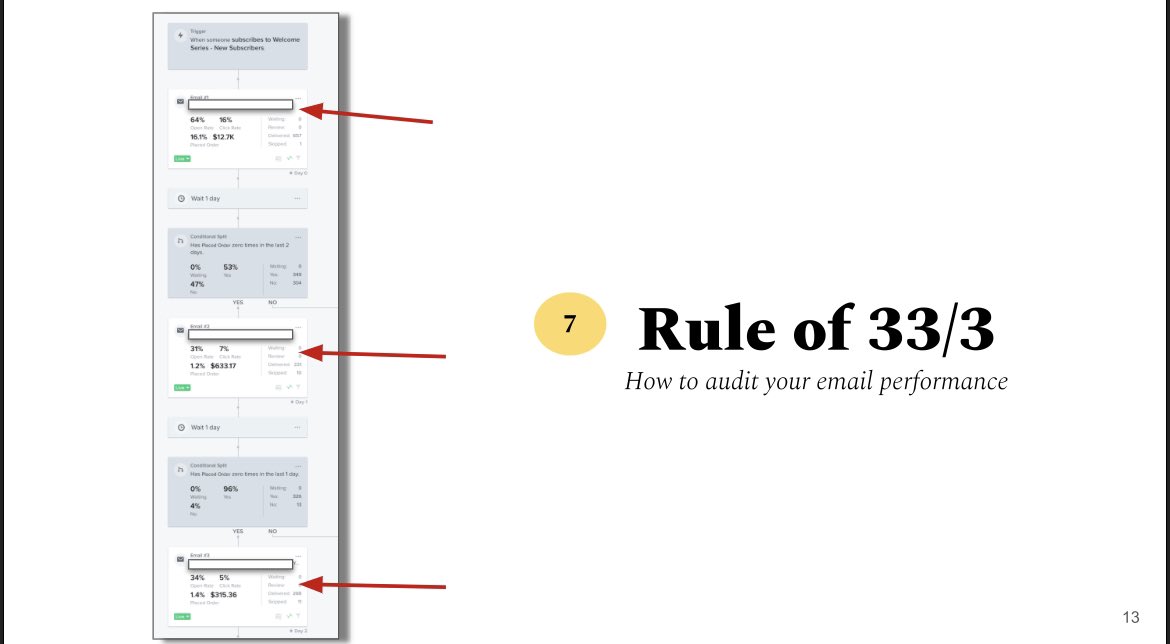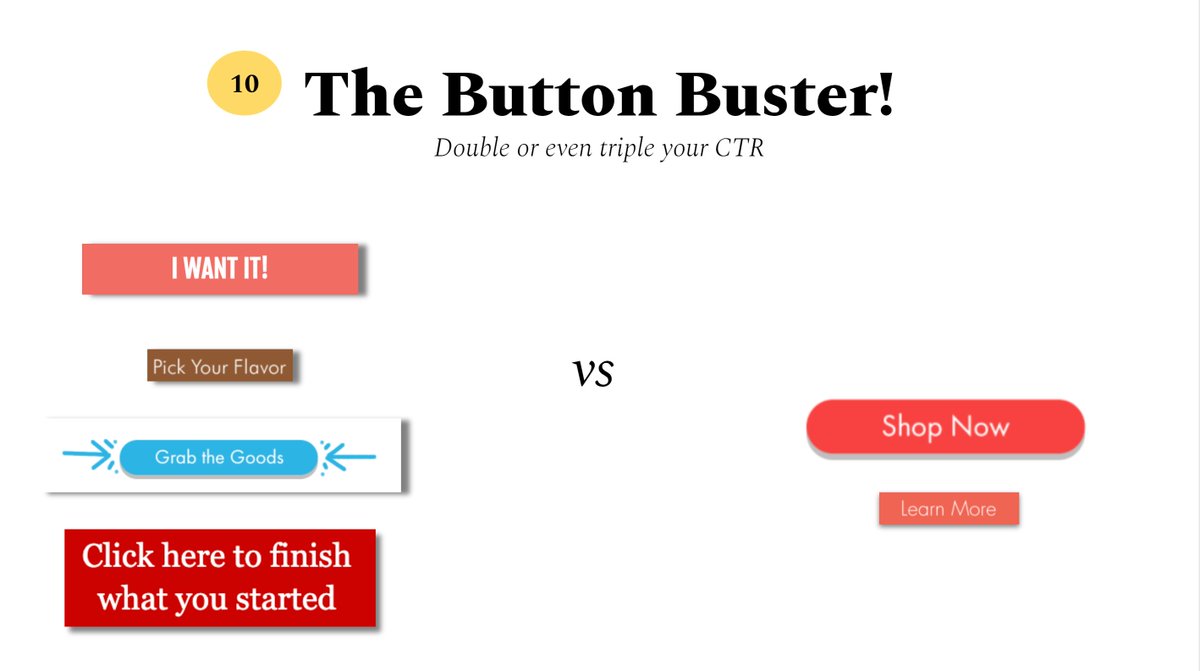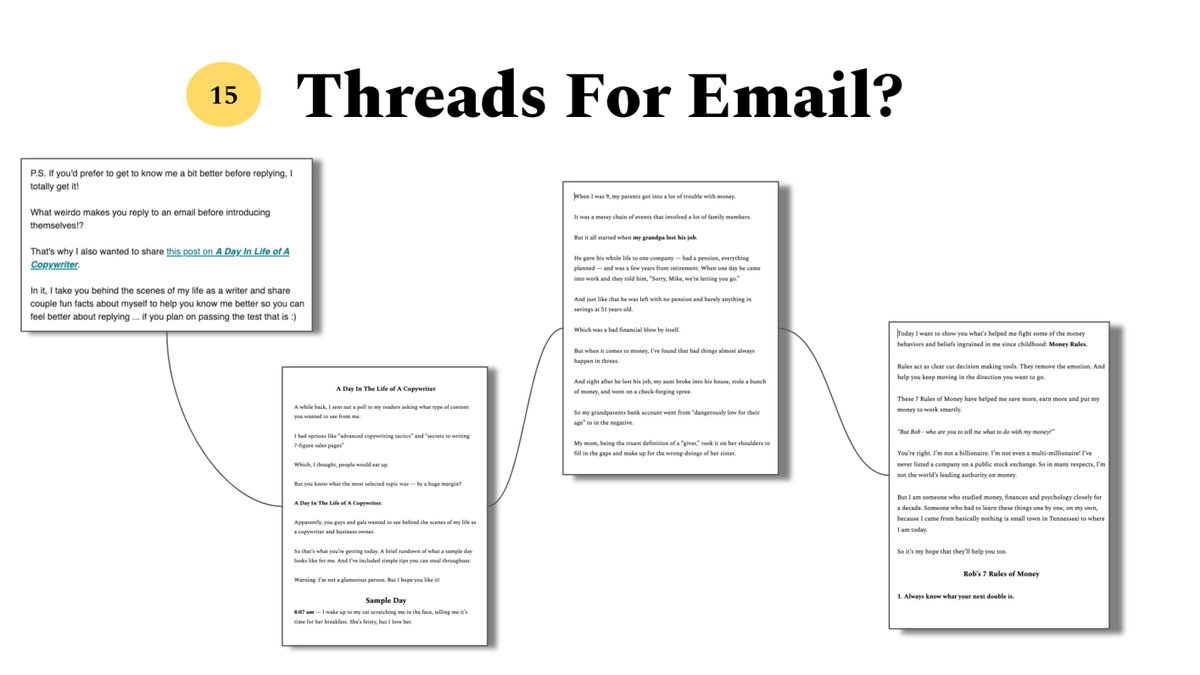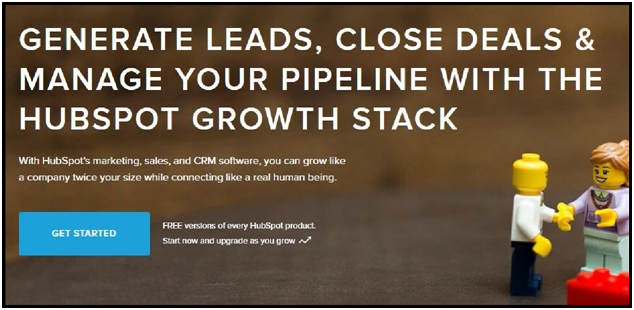17 MORE extremely actionable email tips:
A month ago I did an awesome interview with @robwritescopy.
He shared 17 extremely actionable email tips.
We promised we’d do Part 2 if the video got over 100 likes.
I’m excited to share that Part 2 goes live Monday.
In the meantime, I’m going to share some of the tips.
He shared 17 extremely actionable email tips.
We promised we’d do Part 2 if the video got over 100 likes.
I’m excited to share that Part 2 goes live Monday.
In the meantime, I’m going to share some of the tips.
I’ll share more tips over the next few days.
In the meantime, he’s Part 1:
17 Extremely Actionable Email Marketing Tips.
Link here:
In the meantime, he’s Part 1:
17 Extremely Actionable Email Marketing Tips.
Link here:
Really excited to share the full interview with you tomorrow!
Make sure you’re on my email list so you don’t miss it:
chasedimond.com/chase-email-ne…
Make sure you’re on my email list so you don’t miss it:
chasedimond.com/chase-email-ne…
14/ Turn Entire Email Into An Image:
50+% CTR
*especially powerful for BIG sitewide sales or free events
50+% CTR
*especially powerful for BIG sitewide sales or free events

The moment you've all been waiting for is,
HERE!
Want thorough insight into each of the 17 tips above?
Then make sure you watch my interview with @robwritescopy.
Link here:
HERE!
Want thorough insight into each of the 17 tips above?
Then make sure you watch my interview with @robwritescopy.
Link here:
• • •
Missing some Tweet in this thread? You can try to
force a refresh


